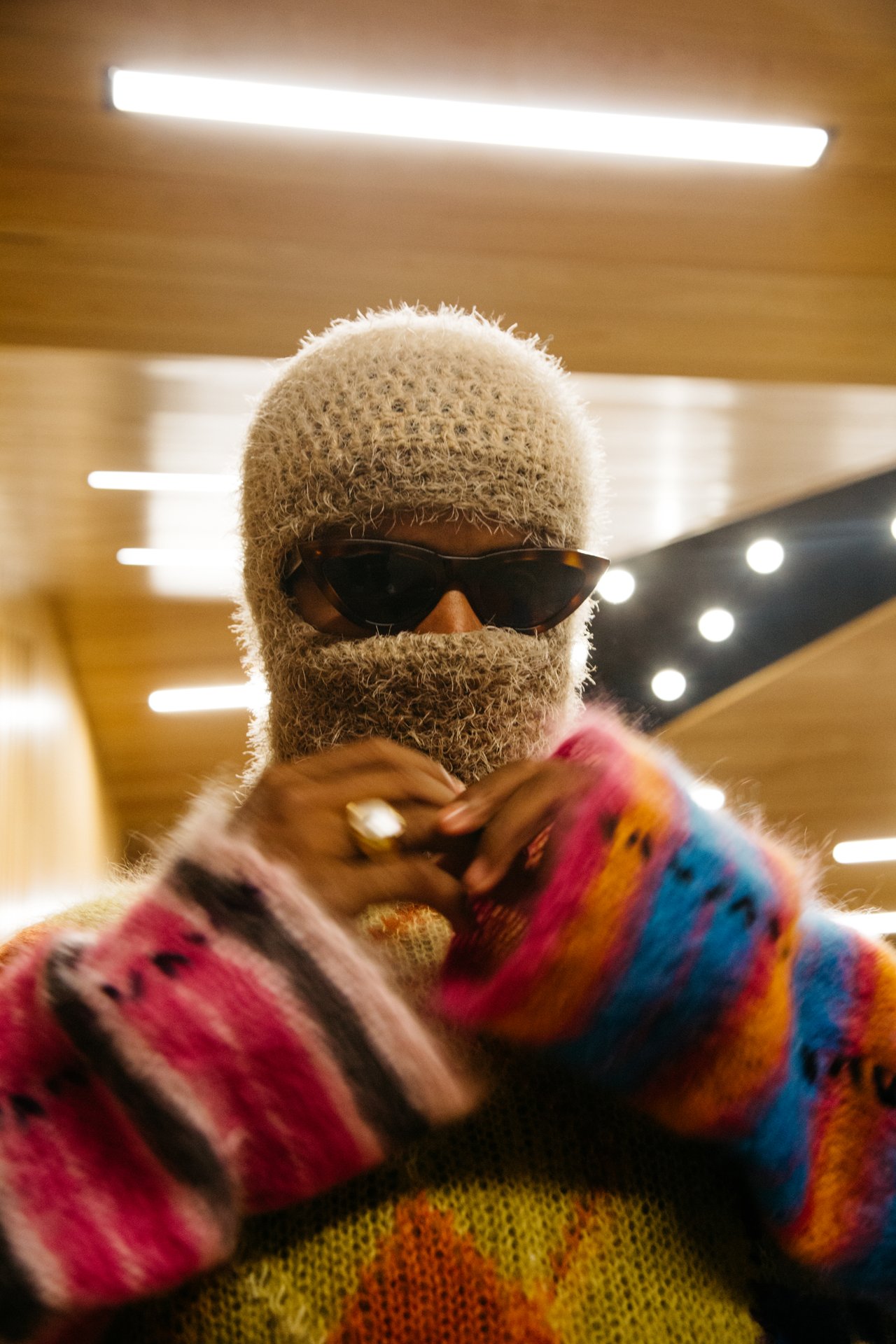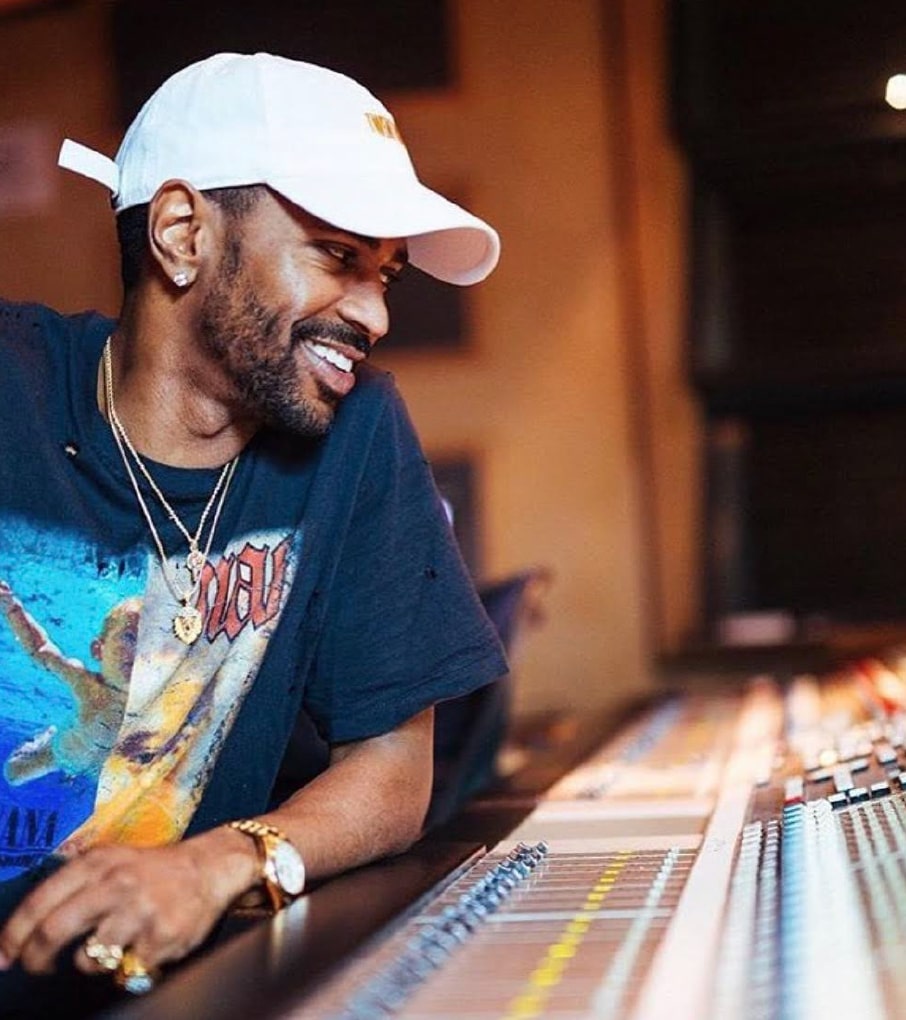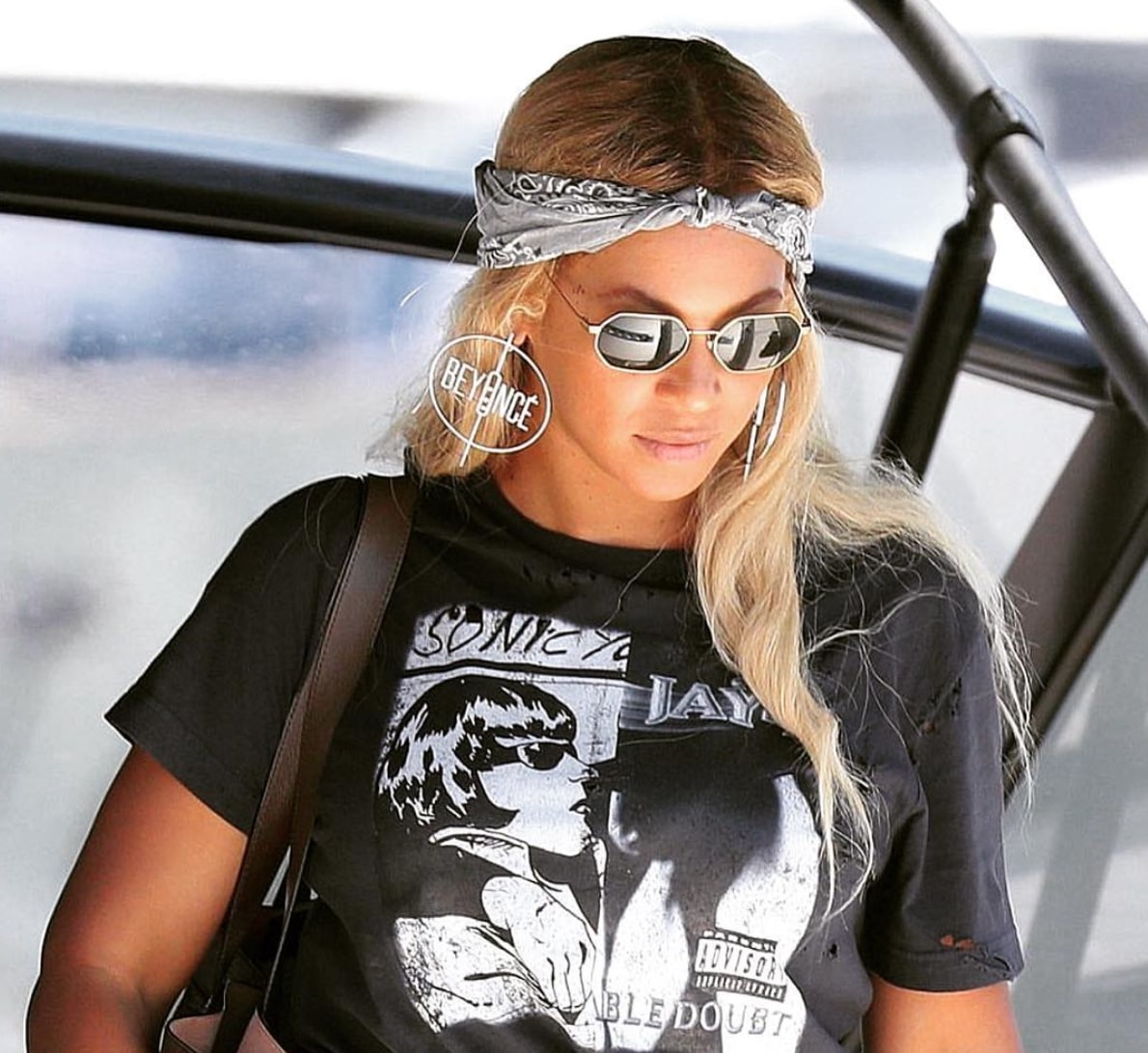Through your brand, what message are you attempting to convey?
“Our love will eclipse our sins” is the brand’s storyline. “Love can conquer all” is our approach to design, life, existence, and passion. Also, it’s love in its purest form, not necessarily romantic love. It’s a new romanticism that we are still developing.
You indicated that you wanted to discuss several topics, and I intend to do so. Therefore, let’s begin with pioneering the intersection of music and fashion for polymaths. Go!
My goal is to rethink what it means to be an artist. People’s conceptions of art, artists, and artisans are generally out of date, and they pigeonhole you. I’ve worked in a variety of industries at varying levels, so I’ve seen it firsthand. For example, if you’re a painter and you end up in the sculpture department in art school, people will look at you strangely and wonder, “Why are you being weird?” People don’t want you to be more than one thing, so it baffles them when someone does it all well.
You stated in our initial email that you aspire to become the leading authority on the Fashion, Art, and Music (FAM) trifecta. What has motivated you to make this your life’s work?
When you were a kid, most people compartmentalized your dreams before you even tried to make them a reality. I’ve resisted that mentality for some time, but it’s either this or that: “You want to be a fine artist, you can’t be a rapper” or “Nobody will buy a painting from you if you want to be a rapper; they want to hear the music.” I want kids and anyone with a wide range of dreams to see and comprehend that they are all possible. In this society, you can work in multiple fields and achieve high levels in each.
Spotify set out to highlight BIPOC creatives and selected you and your brand Le Grand Heirs to be a part of this collaboration. Tell us more about this initiative.
During the pandemic, I started a playlist series called “F.L.O.” (For Lovers Only) to go with some of the new home goods we were introducing. After learning about the F.L.O. tapes, a brilliant gentleman by the name Tye Comer reached out on behalf of the company. They let me know they were interested in collaborating with me after several discussions. One of the concepts they presented to me was Outside Voices, which they thought would be ideal because it is technically for people “outside” of the music industry. So, I compiled a playlist that would serve as the soundtrack to my creative career. I appreciate them allowing me to use their platform; at least people know how I sound now.
On a few of your pieces and throughout your social media presence, use the acronym WWJD. What prompted you to incorporate your faith into your messaging?
When I first started toying with the idea of a brand, I had two pillars. I knew that when I created a brand, I wanted it to a. outlive me and b. have a message bigger than me and anything that exists now regarding the purpose and how it relates to a clothing line. When I ponder on messages that are bigger than me and what I believe, it always goes back to my foundation and faith. My Grandmother Ernestine White, my heart, pillar, strength, and everything, passed from COVID. She had a significant impact on the man I am today. The WWJD commission is our best-selling, a nod to her, and part of our forever collection. Everything is connected to my faith in Christ.
Suppose I was asked to describe your brand to someone else “clothing”-wise, what would you want me to say?
Miles Davis meets Mobb Deep meets Michael Jordan meets Steve McQueen. It’s the coolness of Miles Davis, the youthfulness and ruggedness of Mobb Deep’s music, the sportiness of Michael Jordan and his contributions to fashion, and the timelessness of Steve McQueen.
Your brand has been worn by Beyoncé, Future, Kendrick Lamar and Big Sean. What, in your opinion, is attracting them?
Two things if I must speak on their behalf. Authenticity and ingenuity are two examples. Going back to our collection of White Noise, we paired rock albums with rap albums to create a new genre and connect the two worlds I constantly inhabit. Beyoncé clearly preferred the one with Sonic Youth and Jay-Z. Some of our shirts were very popular with Big Sean, especially the Nas Illmatic shirt with his baby face coupled with the Nirvana Nevermind cover with the baby in the pool.
You mentioned the transformation of a fashion brand’s ethos due to the pandemic. How did COVID-19 force you to pivot?
Almost entirely. People had no real reason to buy clothes because they couldn’t go anywhere at the time. Outside of apparel, we had to work hard to get the consumer’s attention back. Insert the “F.L.O. Tapes” and our home good offerings here, starting with our blankets.
Can you elaborate on your relationship with Bethann Hardison, an activist, and former model?
Wanda Colon, a special lady who was once a Saint Laurent executive, introduced me to Bethann. She said that Bethann headed a group of designers that she had taken under her wing. Wanda offered to introduce me, which led to conversations with Fashion’s God Mother, and she was all aboard and behind my vision. She has boosted my career trajectory and helped me navigate the landscape efficiently. Bethann is an excellent mentor, advisor, and ear. I couldn’t have imagined or asked for anything more than to have someone so esteemed and accomplished with decades of experience and such a high reputation.
I’d like you to summarize what you want people to know about what you’re creating and what success will look like in the next three to four years before we conclude.
Since the likes of Basquiat, Virgil Abloh, and Theaster Gates, I’m creating something that has yet to be attempted or, at the very least, achieved. I’m taking it to a higher level because I want to make the multi-hyphenate ideology a valid means of expression without necessarily diluting other elements. Because I’m building it around love’s purpose, it’s a tall order. I’m going against everything currently in place in this conventional society by scaling intimacy while simultaneously finding ways to connect with many people.
This world is so computerized and hyper-industrialized, which is why fast-fashion brands like Zara and H&M are so successful. They are, in essence, fashion’s [equivalent of] McDonald’s. My work is at the intersection of McDonald’s and Matsuhisa, a highly curated experience for the vast majority of people. Most importantly, success looks like consistency in future collections and brand language, whether in art, fashion, or music. Because we’re journeying into philanthropy, literature, and poetry, expansion will also be a significant measure of our success.
IG (Personal): @monsieurblanc
IG (Brand): @LE GRAND HEIRS ™
Additional photos Courtesy of André White









